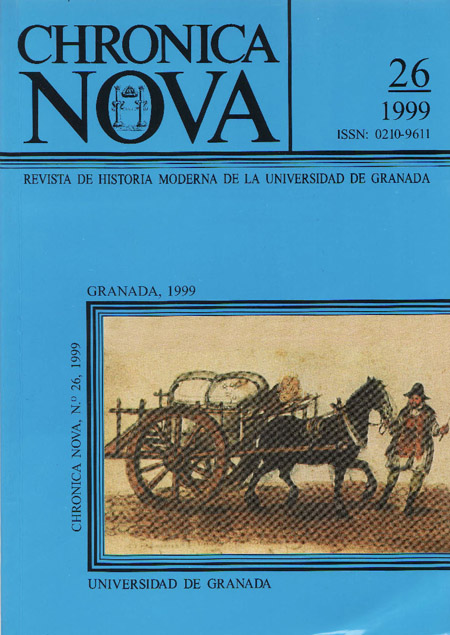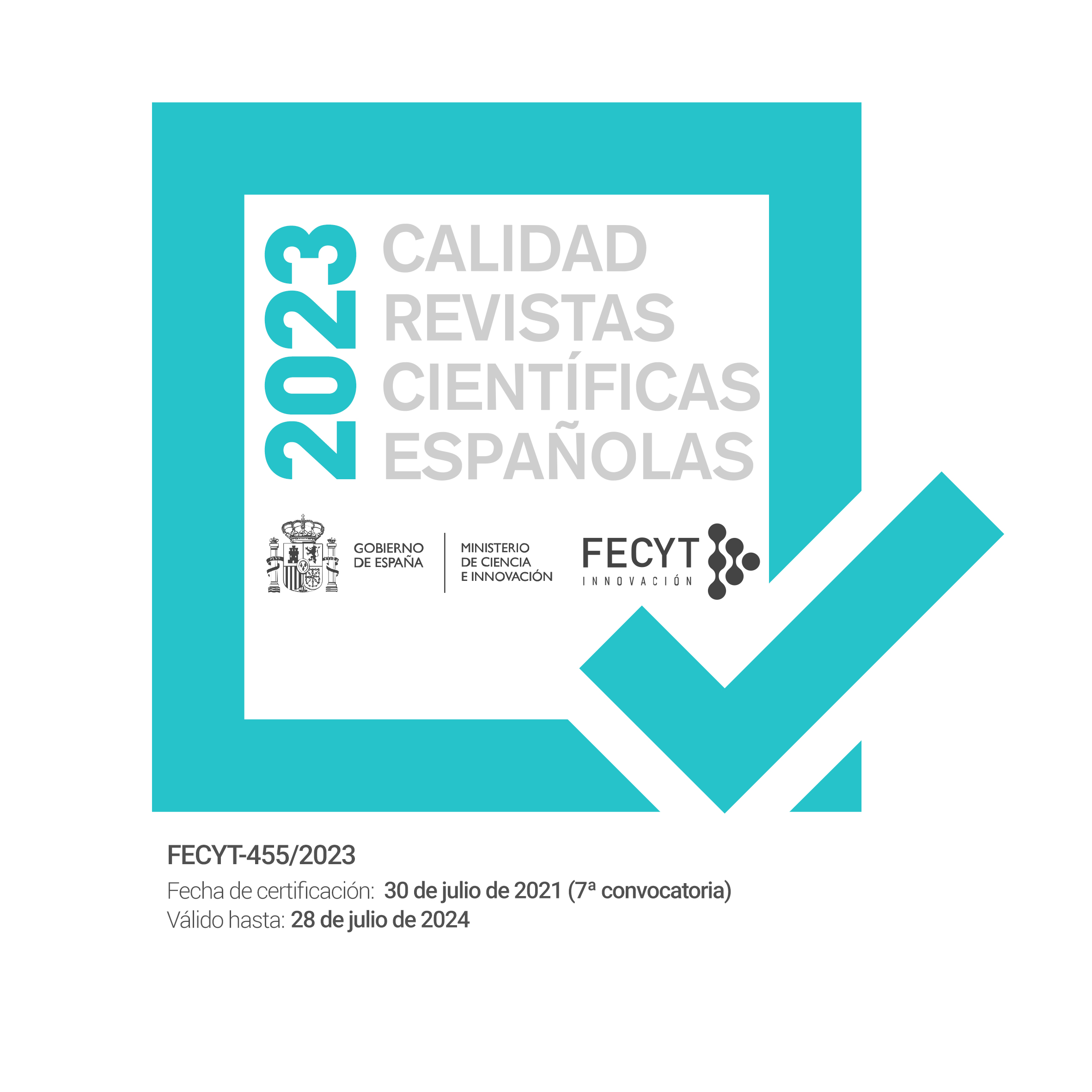Estremadura and the transhumants: a history of opposition
DOI:
https://doi.org/10.30827/cn.v0i26.2057Keywords:
Agriculture, Castile, Estremadura, Mesta, ConflictsAbstract
The main characteristic of the economy of the region of Estremadura in the past, was the pre-eminence of the primary sector over the rest of productive sectors. This agriculture is mainly crop for dry farming and the agrarian and primary activities are complementary. The reason of that close dependency is based on the composition of cattle to work in the fields as well as on the economic model of subsistence. It’s obvious that in a context of shortage of resources, these would be used on the first place to satisfy primary needs. Reason enough to assign the available resources to the monoculture of cereals. And the more evident effect of that orientation would be the decrease of areas destinated to pasture. The choice between cultivating cereals or keping in reserve the fields to feed extensive herds had to face necessarily the stockbreeders. This dialectic opposition is a part of the history of Early Modern centuries and about which there are lots of literary evidence and archive documents.Downloads
Downloads
How to Cite
Issue
Section
License
Nuestra revista se atiene a las recomendaciones para la implementación del Artículo 37 Difusión en Acceso Abierto de la Ley de la Ciencia, la Tecnología y la Innovación:
- Los/as autores/as cuyas contribuciones sean aceptadas para su publicación en esta revista conservarán el derecho no exclusivo de utilizar sus contribuciones con fines académicos, de investigación y educativos, incluyendo el auto-archivo o depósito de los artículos aceptados en repositorios institucionales o temáticos de acceso abierto de cualquier tipo en un plazo máximo de seis meses.
- Preferiblemente se permitirá el uso de la versión publicada de las contribuciones científicas, que estarán accesibles en abierto tan pronto como sea posible.
-
Que en caso de que el trabajo sea aprobado para su publicación, el/la autor/a autoriza de manera ilimitada en el tiempo a la entidad editora para que incluya dicho texto en Chronica Nova y pueda reproducirlo, editarlo, distribuirlo, exhibirlo y comunicarlo en el país y en el extranjero por medios impresos, electrónicos, CD, Internet o cualquier otro medio conocido o por conocer.






 ISSN-e: 2445-1908
ISSN-e: 2445-1908










